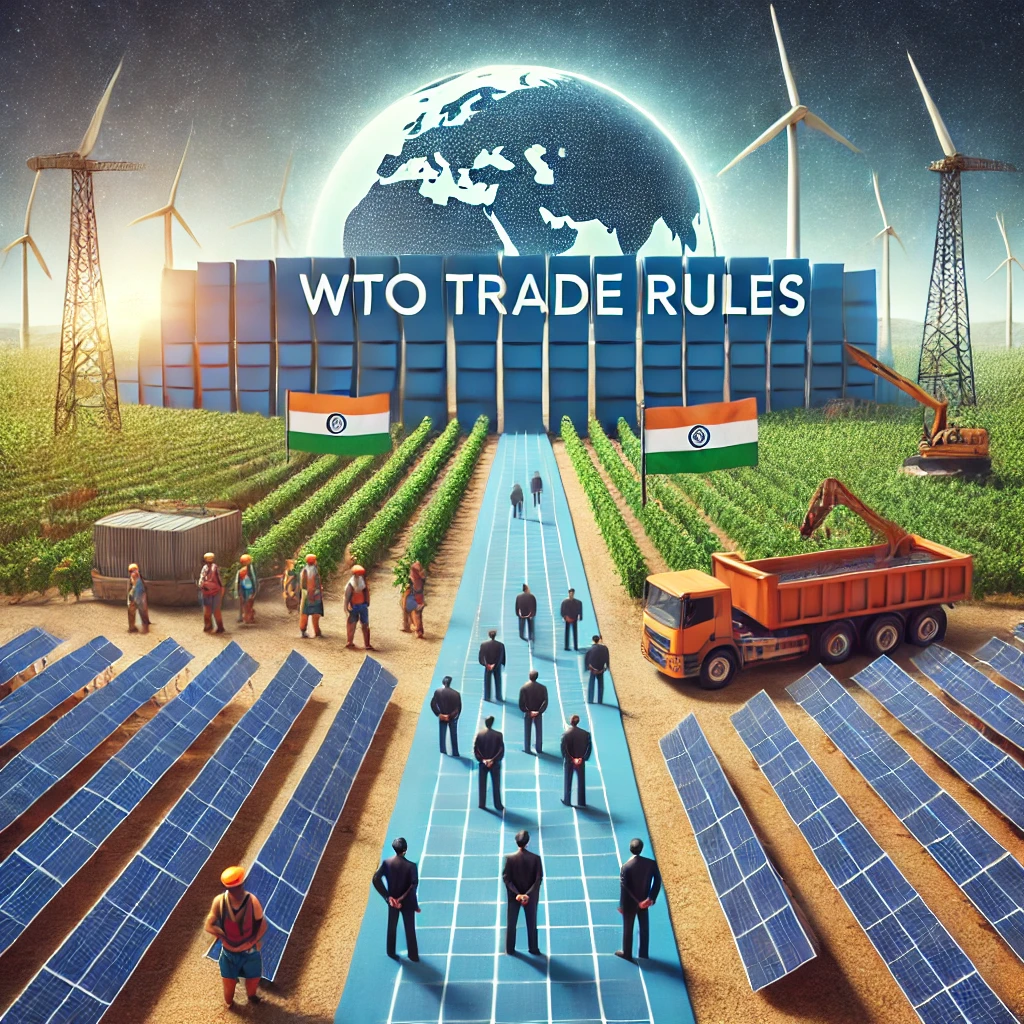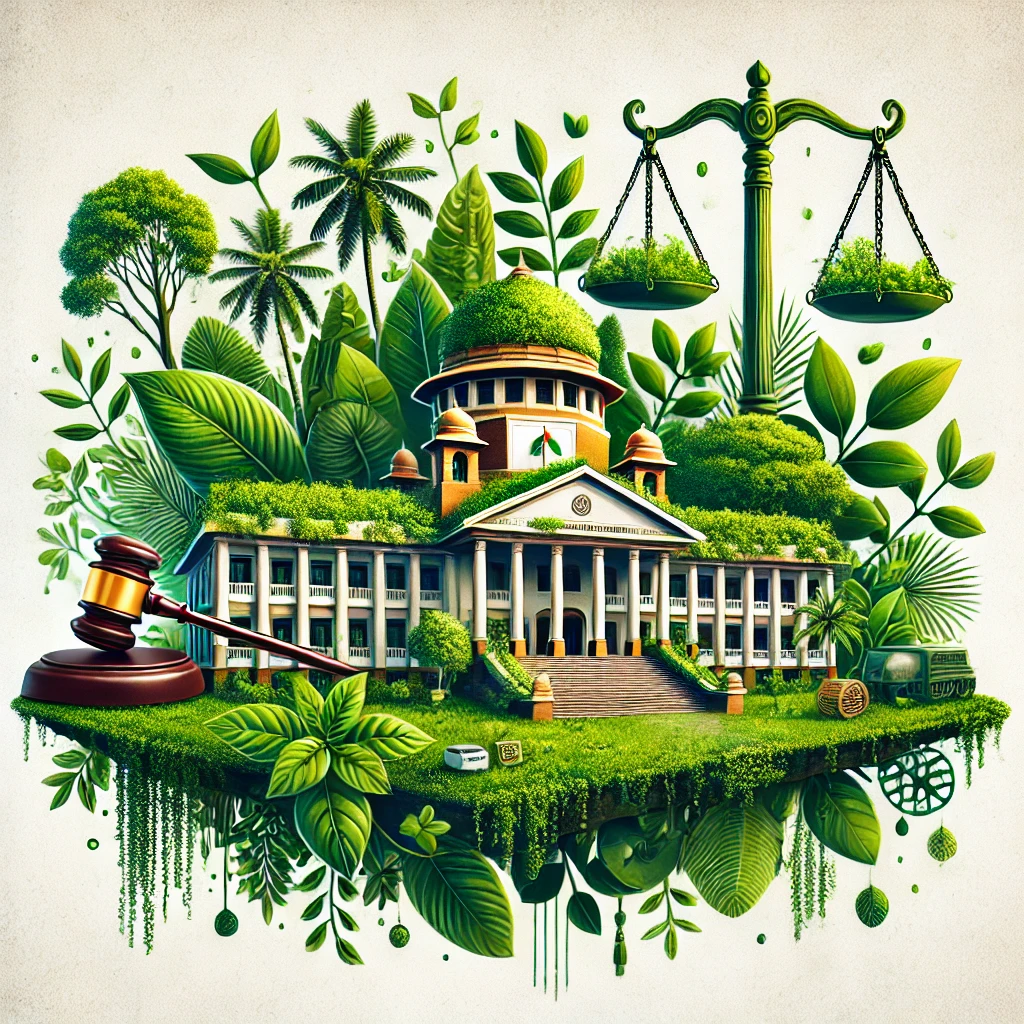Environmental laws at DR Congo
The Democratic Republic of the Congo (DRC), located in Central Africa, is home to the second-largest rainforest in the world, vast mineral resources, and diverse ecosystems. Protecting these natural resources is crucial for both the country’s environmental sustainability and its socio-economic development. However, the DRC also faces challenges like deforestation, illegal mining, and conflicts that affect environmental governance.
The DRC has developed a series of environmental laws to protect its environment and natural resources. Many of these laws align with international standards and agreements, while others focus on domestic concerns, particularly natural resource management and conservation. Below are some of the most important environmental laws and regulations in the D Democratic Republic of the Congo (DRC):
1. The Environmental Framework Law (Law No. 11/2002 of 2002)
The Environmental Framework Law is the cornerstone of environmental protection in the DRC. It sets the foundation for sustainable development in the country and provides the legal basis for regulating activities that may impact the environment.
Sustainable Development: The law emphasizes the principle of sustainable development, aiming to balance economic growth with environmental protection.
Environmental Protection: It outlines the general responsibility of individuals, businesses, and the state for maintaining a healthy environment.
Environmental Impact Assessments (EIA): The law mandates that large-scale projects (especially in sectors like mining, energy, and agriculture) must undergo an Environmental Impact Assessment (EIA) to evaluate their potential impact on ecosystems and communities.
2. The Forest Code (Law No. 11/2002 of 2002)
Given the DRC’s vast and biodiverse forests, the Forest Code plays a crucial role in regulating forest management and conservation.
Forest Management and Conservation: The law emphasizes the sustainable management of forests, with provisions for forest concessions, sustainable timber harvesting, and conservation of forest biodiversity.
Community Rights: It recognizes the rights of local and indigenous communities to access and use forest resources sustainably.
Illegal Logging: The law tackles illegal logging by requiring companies to obtain appropriate permits for timber extraction and by establishing monitoring mechanisms to detect and prevent illegal activities.
3. The Mining Code (Law No. 007/2002 of 2002)
The DRC is rich in mineral resources, and the Mining Code regulates the extraction of minerals, focusing on environmental and social issues.
Environmental Protection in Mining: The code requires mining companies to adopt measures that prevent environmental degradation from mining activities, including land restoration, pollution control, and water management.
Mining Licenses and Permits: It mandates that mining operations must obtain environmental clearance before starting operations, which includes conducting an Environmental Impact Assessment (EIA).
Community Involvement: The law emphasizes the role of local communities in mining operations, ensuring that they benefit from the wealth generated by mining activities.
4. The Biodiversity Conservation Law (Law No. 14/2002 of 2002)
The Biodiversity Conservation Law seeks to protect the DRC’s rich biodiversity, which includes endangered species and critical ecosystems like the Congo Basin rainforest.
Protected Areas: The law provides for the creation of protected areas, including national parks and nature reserves, to safeguard biodiversity. Notable examples include the Virunga National Park and the Okapi Wildlife Reserve.
Species Protection: The law aims to protect endangered species, such as the mountain gorilla and okapi, and regulates hunting and wildlife trade to prevent over-exploitation.
Invasive Species: It includes measures to prevent the introduction of invasive species that could threaten native biodiversity.
5. The National Environmental Protection and Management Plan (NEPMP)
The National Environmental Protection and Management Plan is a strategic document that outlines the country’s policies for managing natural resources and protecting the environment.
Conservation of Ecosystems: The NEPMP focuses on protecting forests, wetlands, and water bodies from degradation and pollution.
Sustainable Agriculture: It encourages the adoption of sustainable agricultural practices that protect soil and water resources.
Climate Change: The plan outlines strategies to adapt to climate change, including measures for mitigating greenhouse gas emissions and managing climate risks to vulnerable communities.
6. The Water Code (Law No. 12/2003 of 2003)
The Water Code regulates the management of water resources in the DRC, a country with many rivers and lakes, including the Congo River, which is one of the largest in the world.
Water Resource Management: The law governs the allocation, use, and conservation of water resources, ensuring equitable distribution for agricultural, industrial, and domestic purposes.
Water Quality Protection: The law sets standards for water quality and regulates wastewater discharge to prevent pollution of rivers, lakes, and groundwater.
Water Supply and Sanitation: It includes provisions for ensuring access to clean drinking water and improving sanitation infrastructure, particularly in urban areas.
7. The National Climate Change Policy (2015)
The DRC has developed a National Climate Change Policy to address the challenges posed by climate change, particularly its impacts on vulnerable ecosystems and communities.
Mitigation and Adaptation: The policy outlines measures for reducing greenhouse gas emissions, including promoting the use of renewable energy sources and improving energy efficiency.
Forest Carbon: Given the importance of forests in absorbing carbon dioxide, the policy emphasizes the role of forests in climate change mitigation and supports programs like REDD+ (Reducing Emissions from Deforestation and Forest Degradation).
Climate Resilience: The policy includes strategies to build resilience in agriculture, water resources, and communities to cope with the effects of climate change, such as flooding and drought.
8. The Environmental Law on the Control of Chemical Products (Law No. 15/2009 of 2009)
This law regulates the use, storage, and disposal of hazardous chemicals and aims to reduce the risks posed by chemicals to human health and the environment.
Chemical Safety: It sets standards for the safe use of hazardous chemicals in industries, agriculture, and households.
Toxic Waste Management: The law includes provisions for managing and disposing of toxic waste, especially in industrial and mining areas.
9. The Law on Land Tenure and Land Management (Law No. 73/2008)
The Land Tenure and Land Management Law addresses land use, rights, and management, with implications for environmental protection and conservation.
Land Use Planning: The law aims to organize land use efficiently to avoid over-exploitation and degradation of natural resources.
Community Land Rights: It protects the rights of local communities, particularly indigenous groups, to access and manage land and natural resources sustainably.
10. The Environmental Liability Law (Law No. 12/2002 of 2002)
The Environmental Liability Law ensures that individuals or companies responsible for environmental damage are held accountable for the costs of remediation.
Environmental Damage: It specifies who is liable for environmental damage, including pollution of water, air, or soil, and sets penalties for violations.
Restoration and Compensation: The law requires that those responsible for environmental harm take steps to restore the environment and compensate for any damage caused.
Key Environmental Institutions:
Ministry of Environment, Nature Conservation and Tourism: This ministry is responsible for implementing environmental policies, managing natural resources, and overseeing environmental laws.
Environmental Protection Agency (EPA): The EPA monitors environmental conditions, enforces regulations, and provides guidance on sustainable practices.
Institute for the Conservation of Nature (ICCN): The ICCN is responsible for managing protected areas, wildlife conservation, and biodiversity preservation in the DRC.
Congolese Environmental Observatory (OCE): The OCE monitors environmental indicators and conducts research on environmental issues, including pollution, deforestation, and climate change.
Challenges to Environmental Law Implementation:
While the DRC has a comprehensive legal framework for environmental protection, enforcement remains a significant challenge due to:
Weak Governance: Political instability, corruption, and insufficient resources hinder effective law enforcement.
Illegal Activities: Illegal logging, mining, and wildlife poaching continue to undermine conservation efforts.
Limited Public Awareness: Lack of awareness about environmental laws and their importance leads to non-compliance, particularly in rural areas.
External Pressures: International demand for natural resources, such as timber, minerals, and oil, can contribute to unsustainable practices and environmental degradation.
Conclusion:
The Democratic Republic of the Congo has implemented several key environmental laws aimed at protecting its natural resources, conserving biodiversity, and promoting sustainable development. Laws like the Environmental Framework Law, Forest Code, Mining Code, and Biodiversity Conservation Law play a crucial role in managing the country's vast forests, wildlife, and natural resources. However, challenges related to governance, enforcement, and illegal activities remain significant, and more effort is needed to strengthen environmental law enforcement and promote sustainability in the country. The DRC’s environmental laws also align with international efforts to address climate change and conserve biodiversity, particularly through initiatives like REDD+.




























0 comments